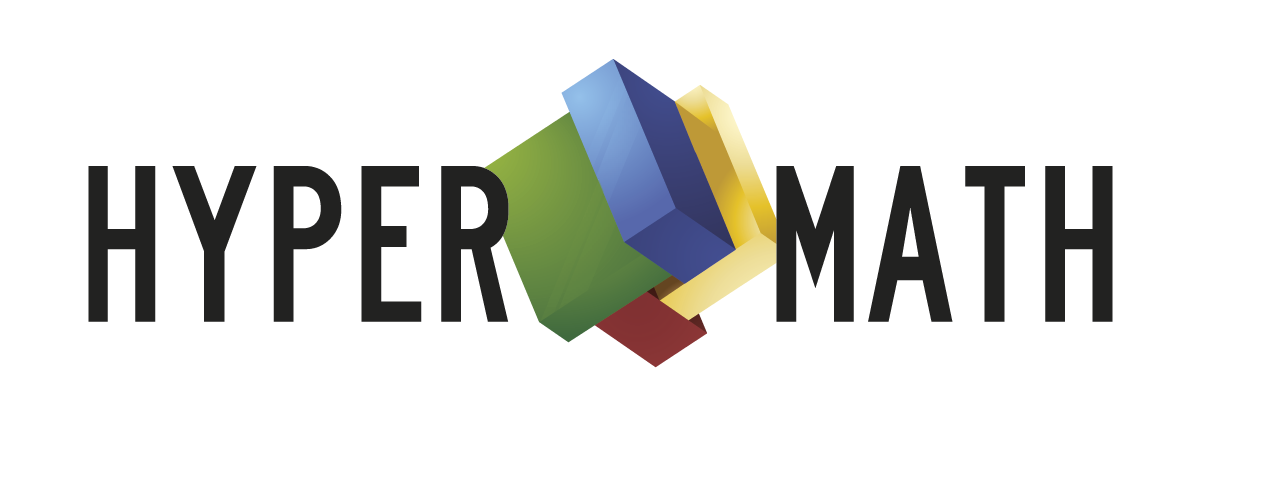
Hypermath was a research program financed by the German Federal Ministry of Education and Research (BMBF). The main task of this program was to enhance and facilitate the analysis of hyperspectral images.
In everyday live and even in most areas of image processing, images have either one gray value in each pixel or three color values. In contrast to that, hyperspectral images have several hundred values in each pixel. Those values usually represent specific measurements of a certain area within the frequency spectrum. This can be, for example, Terahertz frequencies, near, mid, and far infrared, Raman spectroscopy, mass spectroscopy and many more.
Depending on the technique and frequency spectrum, hyperspectral imaging is used to find characteristics of objects that cannot be detected in the visible range. Therefore, the number of applications in this area is increasing continuously.
To analyze these images, they could (and often are) either be treated as a stack of 2D-images, or as an accumulation of single spectra. However, separating the spectral from the spacial range means losing information. Therefore, new methods of interpretation and visualization have to be developed. Doing this with mathematical methods, is the focus of the Hypermath program.
Within the program, the Fraunhofer ITWM has developed methods for the visualization of hyperspectral images as well as methods for so-called hyperspectral unmixing. Those methods incorparate information of the spectral and the lateral domain and are applicable to a variety of frequency domains.
In Cooperation with:
- University of Bremen
- University of Münster
- Saarland University, Saarbrücken
- Industial among others SKZ das Kunststoffzentrum, Dillinger Hüttenwerke, and the teaching hospitals Hamburg-Eppendorf and Münster